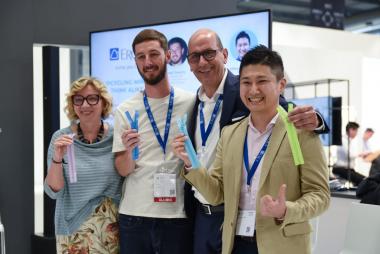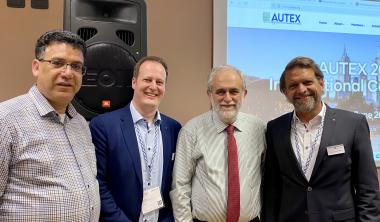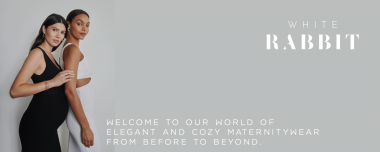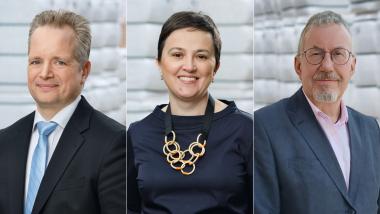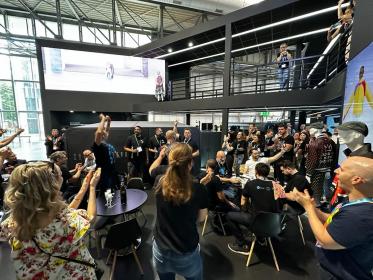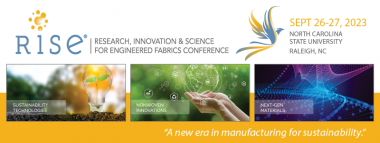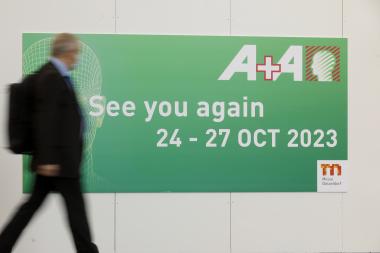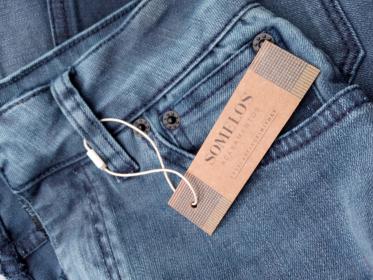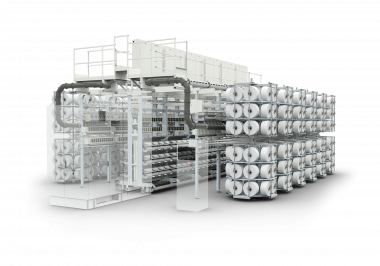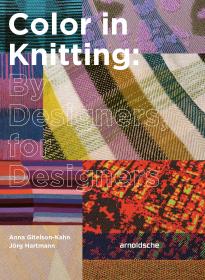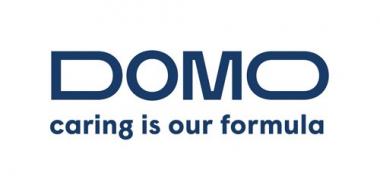BVMed begrüßt Beratungsrecht beim G-BA für Hersteller von Verbandmittel
Der Bundesverband Medizintechnologie (BVMed) hat die gesetzliche Einführung eines Beratungsrechts beim Gemeinsamen Bundesausschuss (G-BA) für Hersteller von sonstigen Produkten zur Wundbehandlung begrüßt. Mit dem Beschluss im Rahmen des Arzneimittel-Lieferengpassbekämpfungs- und Versorgungsverbesserungsgesetzes (ALBVVG) wurde zudem die Übergangsregelung um 12 Monate verlängert. „Damit hat der Gesetzgeber noch rechtzeitig reagiert, um Verbesserungen an der neuen Verbandmittel-Erstattungsregelung vorzunehmen und Nachteile für die Versorgung von Menschen mit chronischen Wunden zu vermeiden“, so BVMed-Geschäftsführer und Vorstandsmitglied Dr. Marc-Pierre Möll. Nun sei es wichtig, „dass der G-BA gemeinsam mit Ärzteschaft, Pflege und Herstellern geeignete und auf die Wundversorgung angepasste Evidenzkriterien entwickelt. Mit dem Beratungsrecht gibt es dafür nun die Grundlage.“
Hintergrund ist, das für sogenannte „sonstige Produkte zur Wundbehandlung“ künftig ein Bewertungsverfahren durchgeführt werden muss, bevor sie durch die GKV erstattet werden. Der Gemeinsame Bundesausschuss (G-BA) hat bislang jedoch keine auf die Wundversorgung angepassten Evidenzkriterien für die erstattungsrelevanten Nutzennachweise definiert. Hierzu gewährt der Gesetzgeber nun – analog zu vergleichbaren Verfahren zur Bewertung des Nutzens von Arzneimitteln nach § 35a SGB V (AMNOG) oder zur Bewertung neuer Untersuchungs- und Behandlungsmethoden nach § 137h SGB V (NUB) – betroffenen Verbandmittel-Herstellern ein Beratungsrecht zur Methodik der für die Nutzenbewertung erforderlichen Studien.
Zur Frage der Evidenzkriterien hatte der BVMed kürzlich im Umfeld des Bremer Wundkongresses eine Umfrage durchgeführt, an der sich über 250 Wundfachkräfte beteiligten. Sie zeigte auf, dass es bei den Behandlungen von 92 Prozent der Teilnehmenden zunächst um die Reduktion klinischer Infektionszeichen geht. 79 Prozent nennen die Reduktion von Wundexsudat, 76 Prozent Reduktion von Schmerzen, 70 Prozent die Verbesserung der gesundheitsbezogenen Lebensqualität der Betroffenen. Die Reduktion der Wundfläche steht bei 58 Prozent im Fokus, die Reduktion der Keimlast in der Wunde bei 55 Prozent. Nur 22 Prozent der Befragten nennen auch den kompletten Wundverschluss als Evidenzkriterium. „Wundauflagen mit antibakterieller Wirkung sind für eine phasengerechte Wundversorgung unerlässlich und müssen auch künftig für die Versorgung chronischer Wunden zur Verfügung stehen“, so BVMed-Wundexpertin Juliane Pohl.
Betroffen von der neuen Regelung ist eine Vielzahl von Produkten wie etwa silber- oder PHMB-haltige Wundauflagen, die bislang erstattungsfähig waren. Nach Einschätzung des BVMed sind rund 400 Produkte betroffen.
BVMed Bundesverband Medizintechnologie Medizin und Gesundheitsindustrie Verbandmittel
BVMed | Bundesverband Medizintechnologie e.V.





